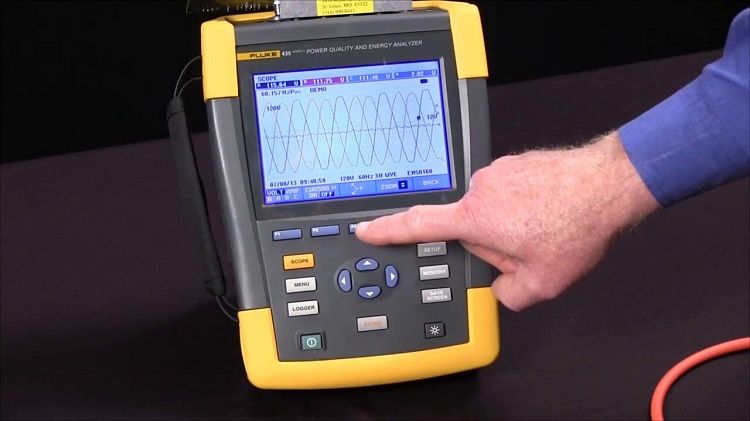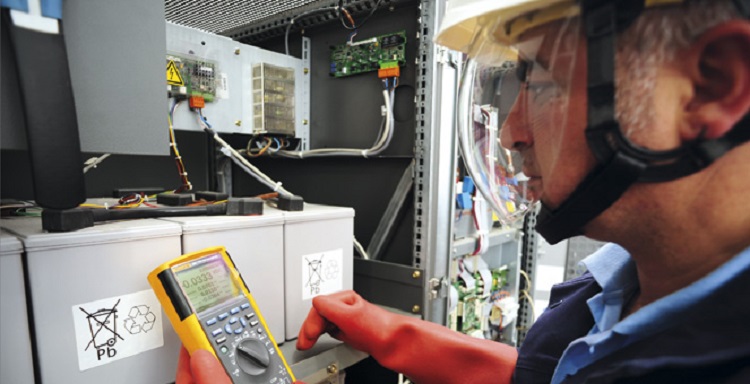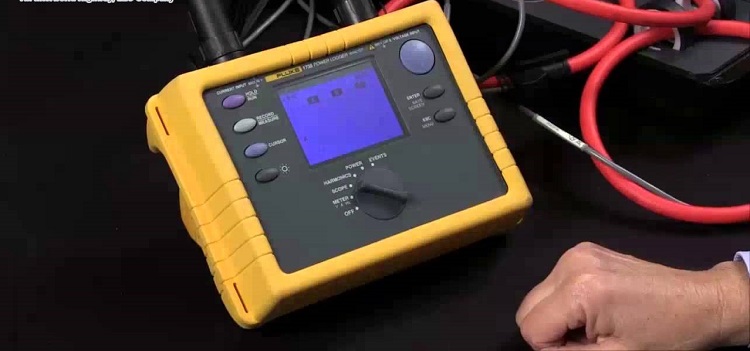Electrical power – without it the world would be a totally different place, but without the quality of it being checked on a regular basis we wouldn’t be able to get the most out of it. Power quality is as important as power itself as poor one can have negative effects not just on households but also on the economy. Apart from conglomerates, small businesses too can suffer immensely from this.
Poor power quality can blow fuses and release switches leading to power failures, it can cause breakdowns and overheating of machinery and electronic communication interference amongst other consequences. A clean and stable power flow is what everyone wants but not every power source can provide that. This is because of the different types of loads being added to the grid more frequently. This is where a power quality analyzer can help tremendously.
What Is Power Quality Analyzer?
A power quality analyzer (meter) is a device that can measure electric power signals of both AC (alternating current) and DC (direct current). This helps determine if a load can work properly together with electric power. Power quality analyzers can help keep industrial machinery run at their best and help avoid issues further down the line. Routine maintenance is where the best practice for a power quality meter lies as this way poor power quality can be detected on time and major issues can be avoided.
How to Measure Power Quality
1. Although different power quality analyzer models will have a slightly different menu and features, measuring power quality will be mainly the same. The key to an accurate reading is to have settings set properly and correct wiring too. New models will have a quick set function which guides you through the step-by-step process.
2. The first thing you usually need to do is select your wiring method so the device can provide you information on how to connect the leads and sensors. Most devices nowadays will also inform you of incorrect wiring. Once you’re done with the wiring, usually, the next step is to select the measurement you want to perform and start the process.
What Causes Poor Power Quality?
Poor power quality can be caused by different factors but they are mainly three: voltage variations, harmonic pollution (caused by large amount of non-linear power consumption) and excessive reactive power – sends useless power to the whole system which then lowers power quality.
Selecting A Power Quality Analyzer
Accuracy
The accuracy of power quality analyzers is best determined based on the information published and guaranteed by the manufacturer. There are manufacturers that put what is known as typical accuracy. The value of a typical accuracy is what the manufacturer expects from its product whilst guaranteed accuracy is the device’s value that has been assigned with the help of a calibration-laboratory standard.
Application
Measuring power quality can be done based on different parameters. Usually, power quality meters are able to measure voltage, power harmonics, current, flicker, transient and voltage dips. The more parameters you are able to measure, the better the chances of uncovering where the fault lies.
Range
Measuring range is what determines how far a device’s accuracy extends before it starts losing it. Every device has a certain range in which it’s the most accurate. This is expressed in percentage and it signifies the percentage of the measurement range in which a specified accuracy level will provide accurate readings. This can help you determine when you can use the device and get the most accurate results.
Class-A
What is known as IEC 61000-4-30 Class A is an international standard that helps regulate the way a device (instrument) measures and reads parameters. This ensures that the values from a power quality meter can be compared between different types of devices (instruments) and brands too. Some manufacturers may claim that their product is Class A approved but that won’t always be the case especially when it comes to flicker and harmonics readings. A device that is Class A approved will have an anti-aliasing filter with a cutoff frequency at 3KHz, filtering out signals and noise above that frequency.
Portable vs Fixed Devices
When it comes to fixed anaylzers, the biggest advantage is that they can be used seamlessly when it comes to performing measurements that extend over the course of a couple of months. With a fixed device you can detect a fault/ disturbance as it occurs while with a portable meter you will always measure and analyze after the fact. Fixed analysers are better at reading and handling long measurement periods than portable devices.
Portable power quality meters may not be good for long term measurements but they are quite handy when you need to do check different sites frequently. A portable unit is the ideal solution for hourly or weekly measurements and troubleshooting tasks too.















You must be logged in to post a comment Login